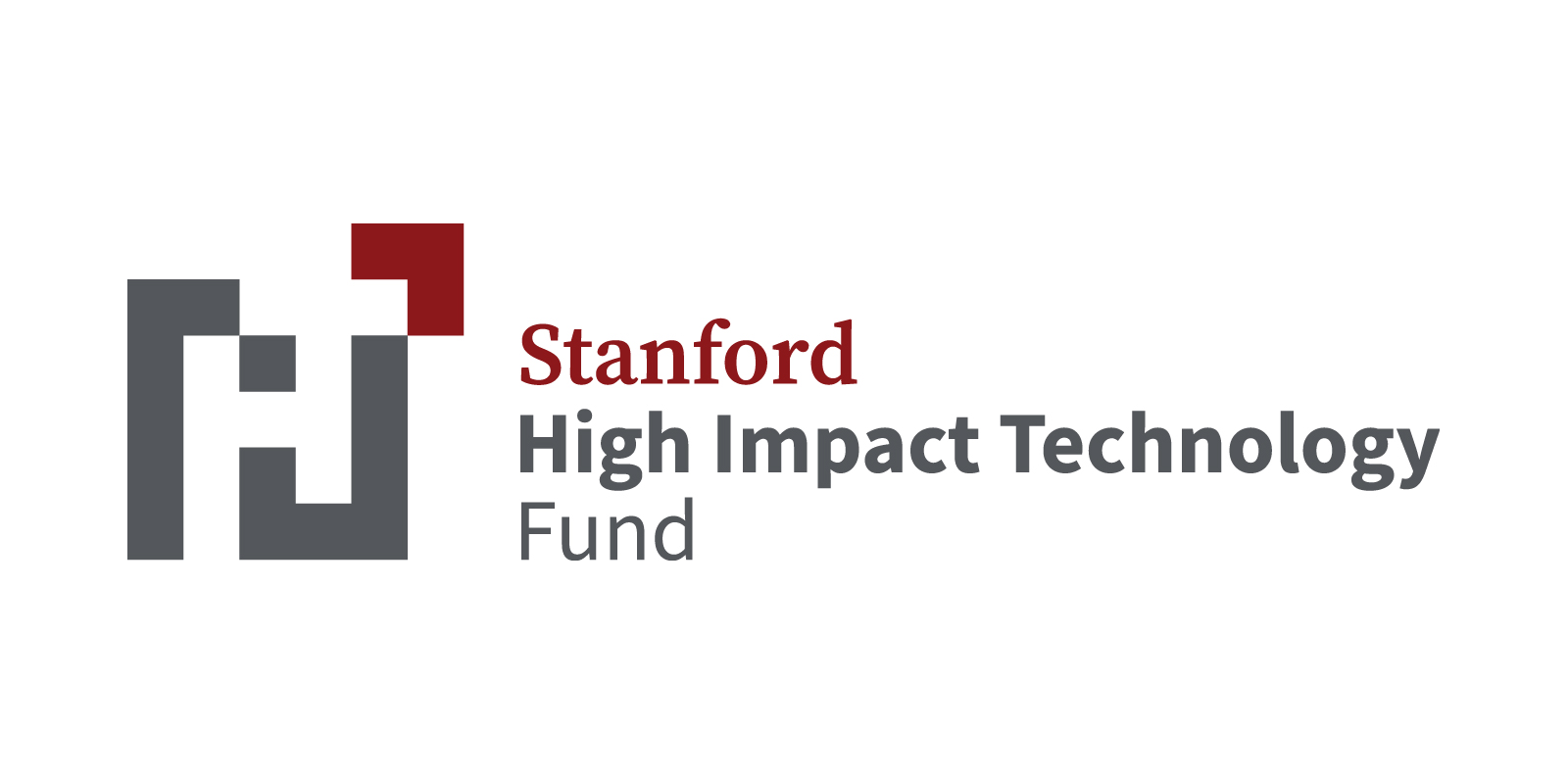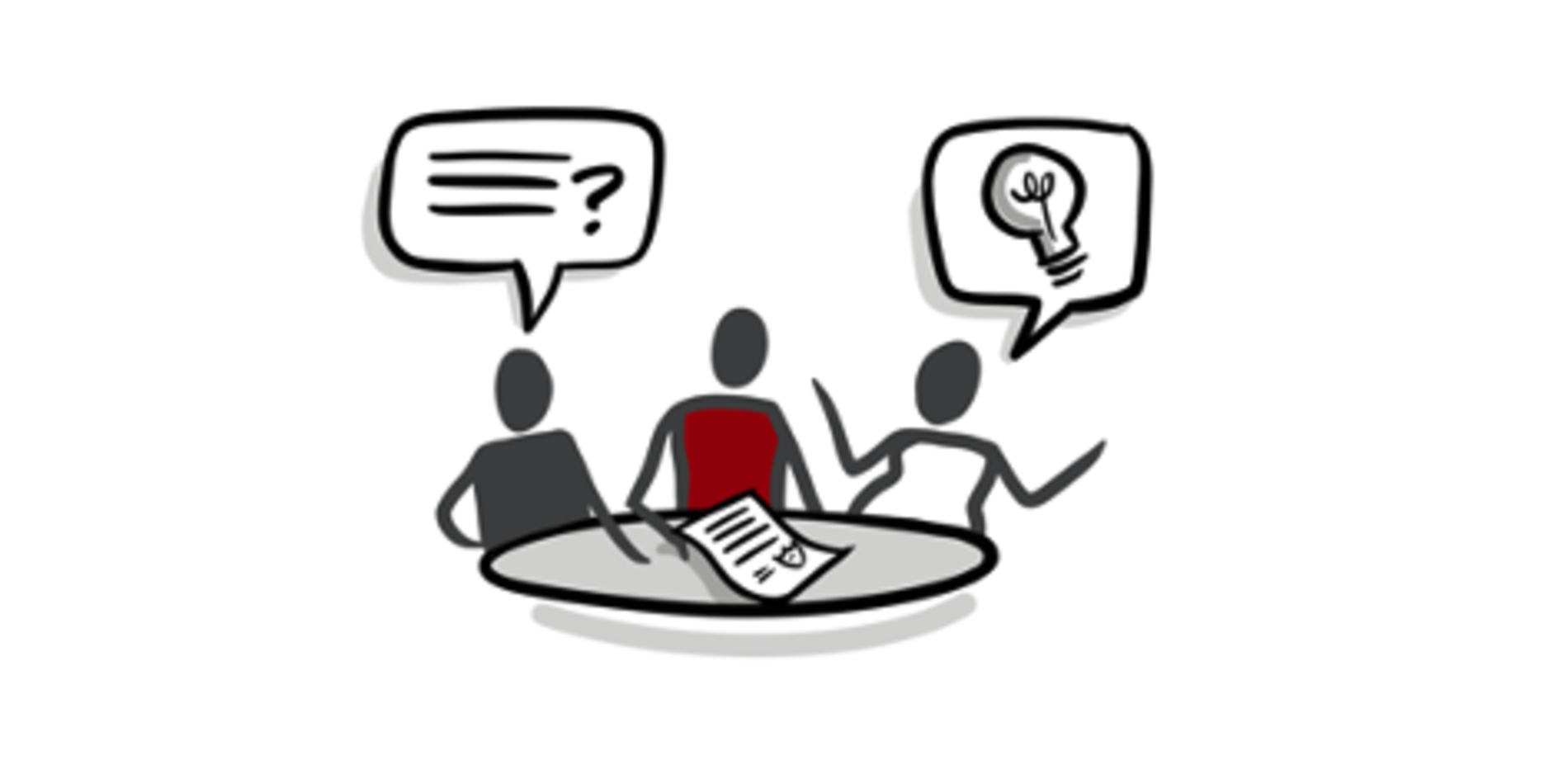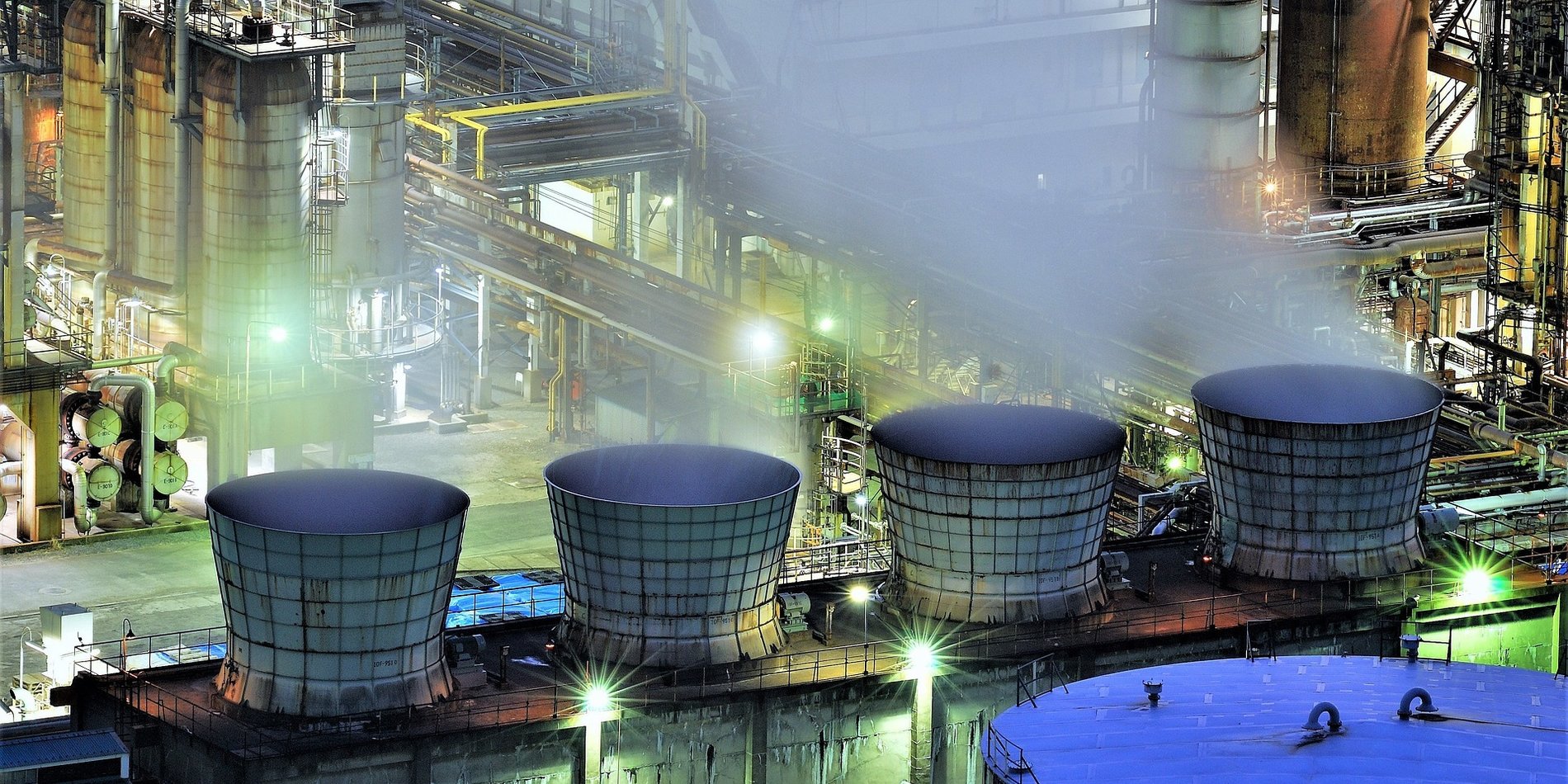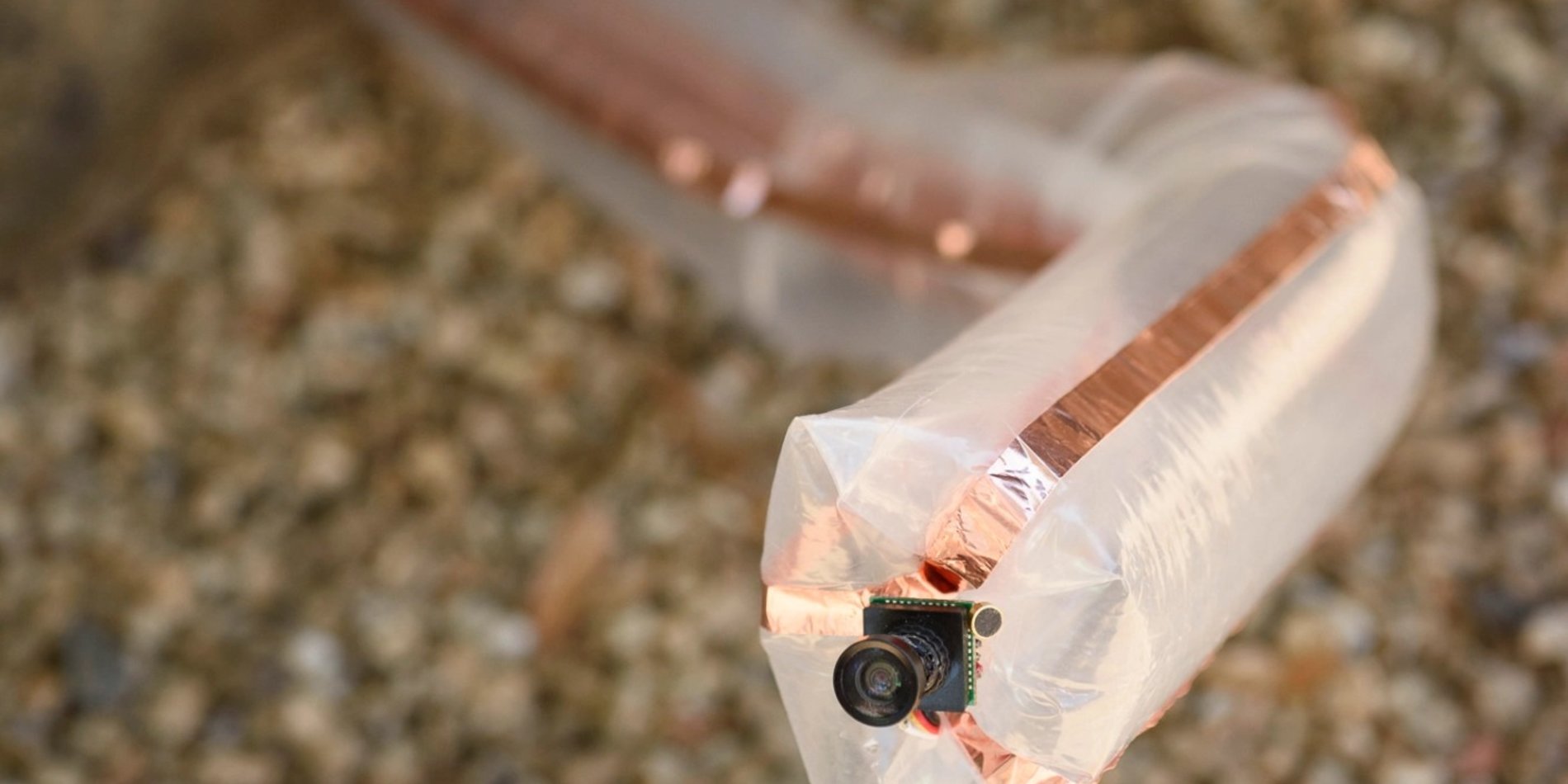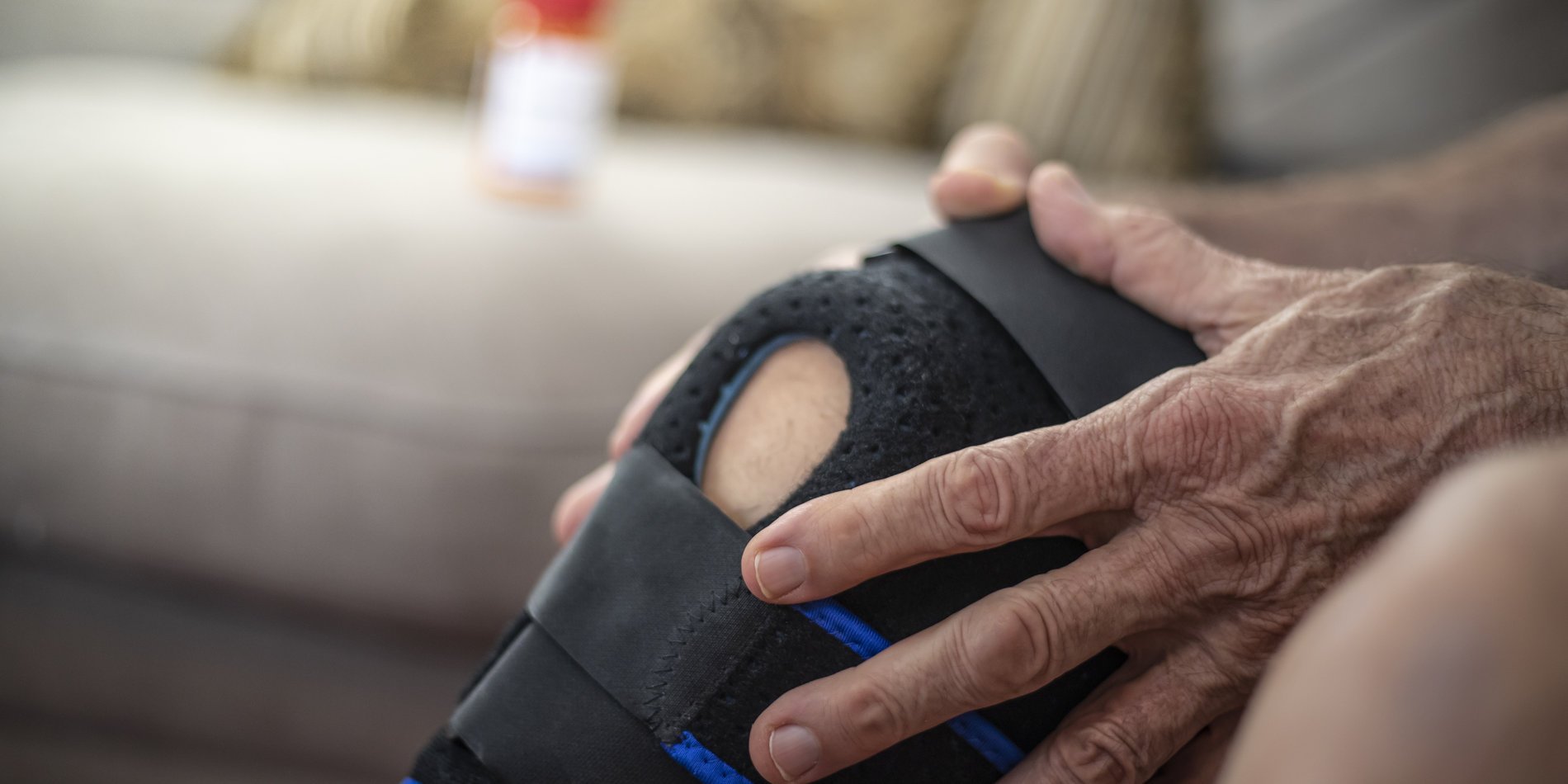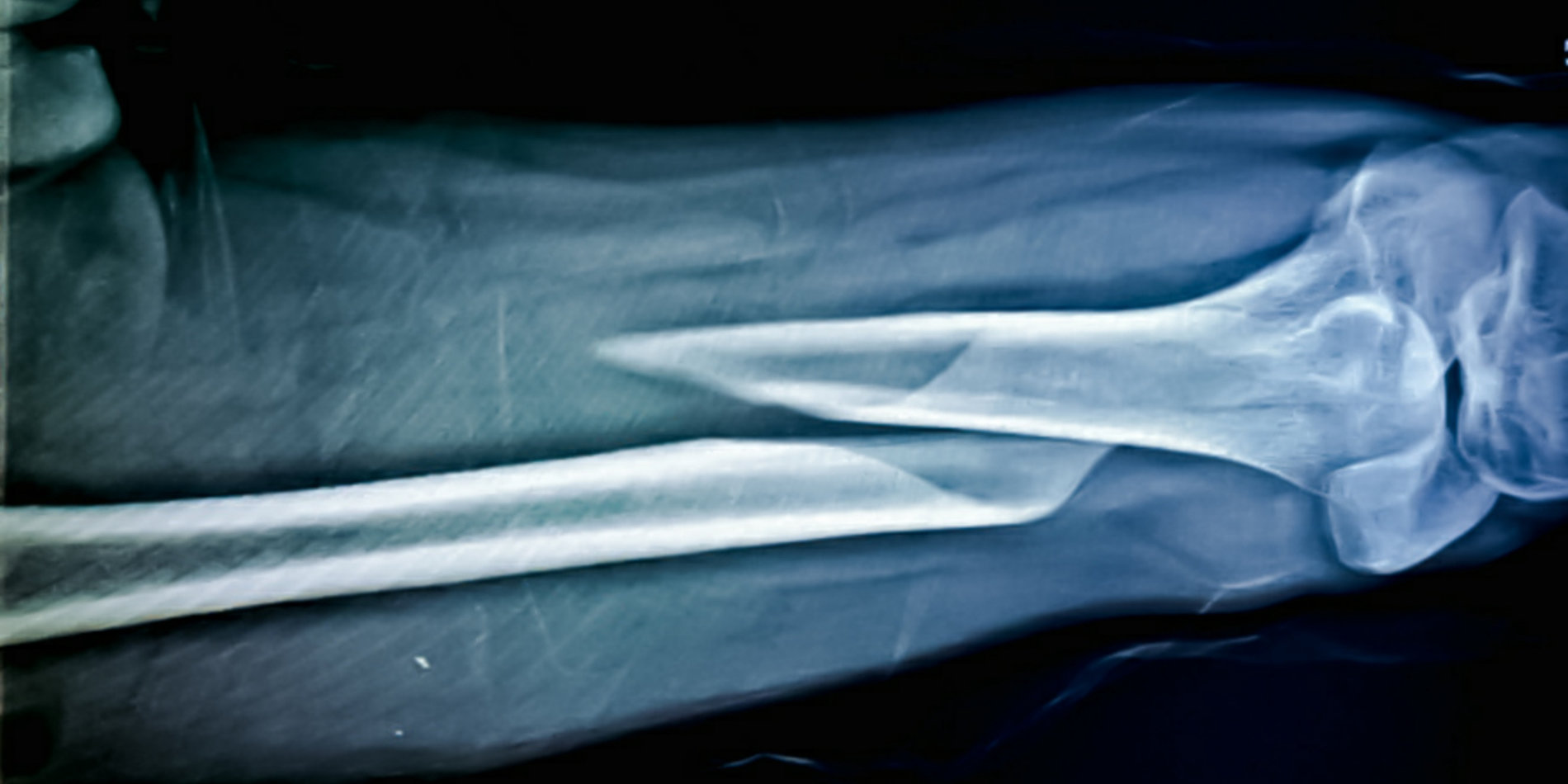The High Impact Technology (HIT) Fund
The High Impact Technology (HIT) Fund aims to accelerate the commercialization of Stanford-based innovations.
We provide seed funding along with strategic and advisory support to faculty, students, postdocs, and staff to help transform innovative, advantaged, and scalable Stanford technologies into new products, services, or companies.
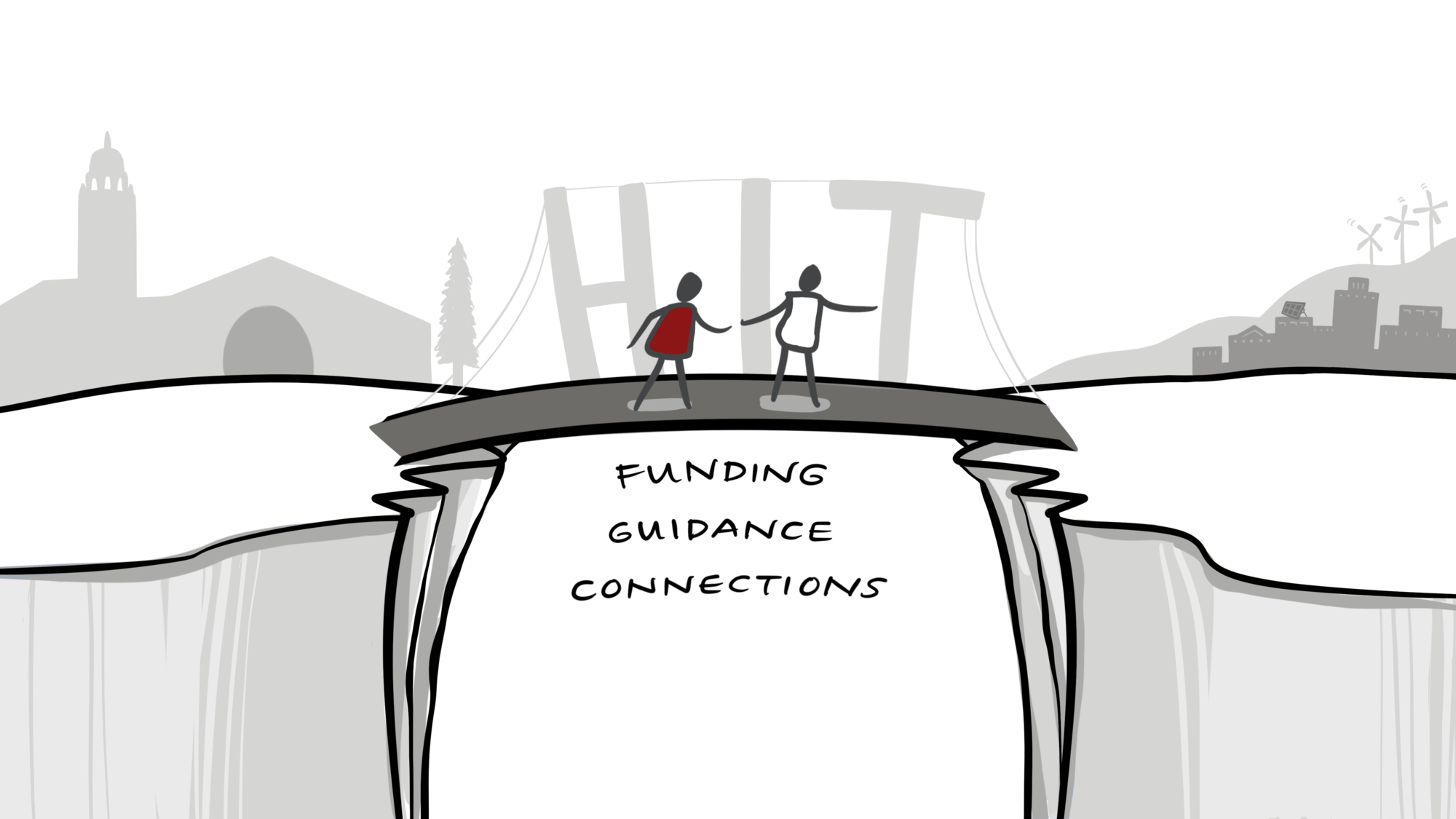
Purpose
- Accelerate Impact: Help accelerate the transition of technologies with the potential to have a societal or economic impact on the world’s most pressing problems, by addressing the critical technical and market risks
- Advance Education: Enable access to industry-specific advisors and domain experts, friendly VCs, patent attorneys, and MBA Interns, and provide guidance helping to enhance the team's practical, entrepreneurial, and commercialization education
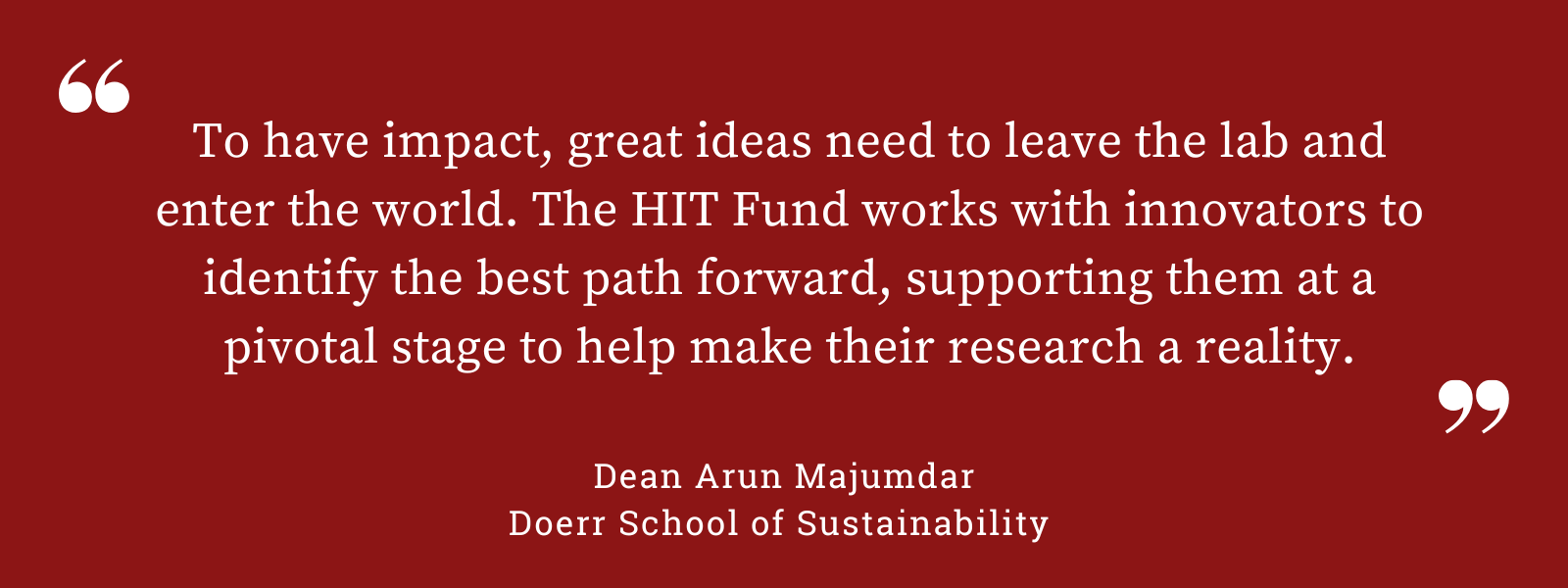
How to Apply
The application submission period for 2024 will be announced in spring 2024.
The HIT Fund awards are for Stanford University innovators whose work has progressed towards developing solutions for scalable end use applications. The awards are intended to provide the needed funding for de-risking critical activities that enable technology transfer to industry or the formation of a start-up.
Funding must be for projects undertaken at Stanford University that have a disclosure filed with the Office of Technology Licensing. Proposals must include a Stanford faculty PI or sponsor. This is a competitive selection process and only the top-ranked proposals will be awarded.
Key Dates

The 2024 application submission dates will be announced in spring 2024.
Reach out to the team: TheHITfund@stanford.edu.

HIT Fund Takes Flight
The HIT Fund was featured as OTL's FY 2022 Annual Report cover story.
Meet the HIT Fund Team!
Read more about the HIT Fund team members, including our MBA interns.

Collaborate with the HIT Fund
Opportunities for domain-specific industry experts and corporates to advise, support, or collaborate with project teams.
Learn more
Lithium metal battery innovation
Novel liquid electrolyte technology allows for energy dense lithium batteries, ushering in a new generation of electric vehicle batteries.
Learn more
Wastewater energy flexibility
A software platform for wastewater utilities that de-risks energy investments, controls energy resources, and monetizes carbon savings.
Learn more
Immersive virtual acoustic spaces
Creating immersive sonic experiences by situating participants in the acoustics of any building or physical structure in augmented and mixed reality.
Learn more
Catalyst technology for liquid fuel
Catalyst technology to improve the efficiency and reduce the cost of systems that generate liquid fuels.
Learn more